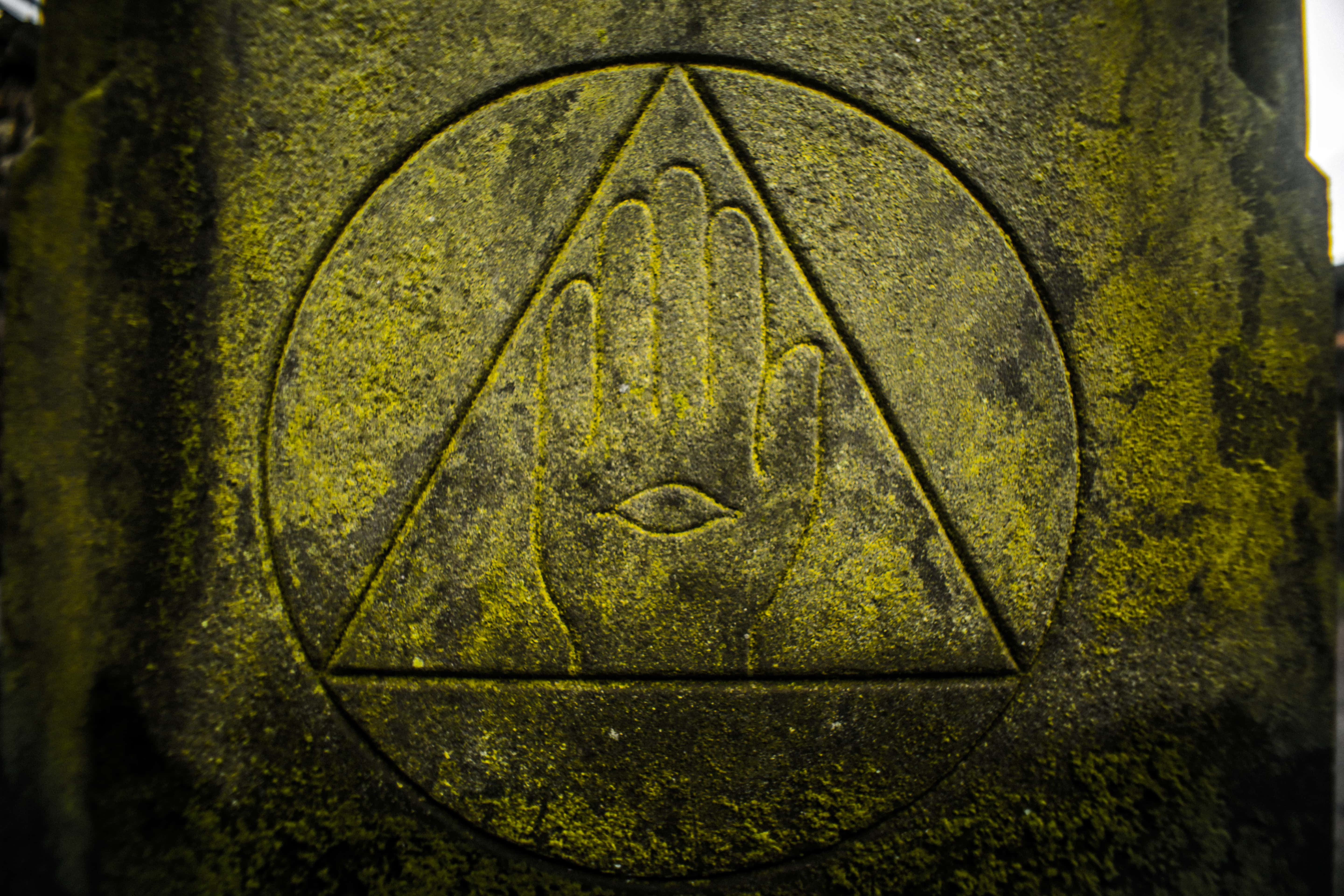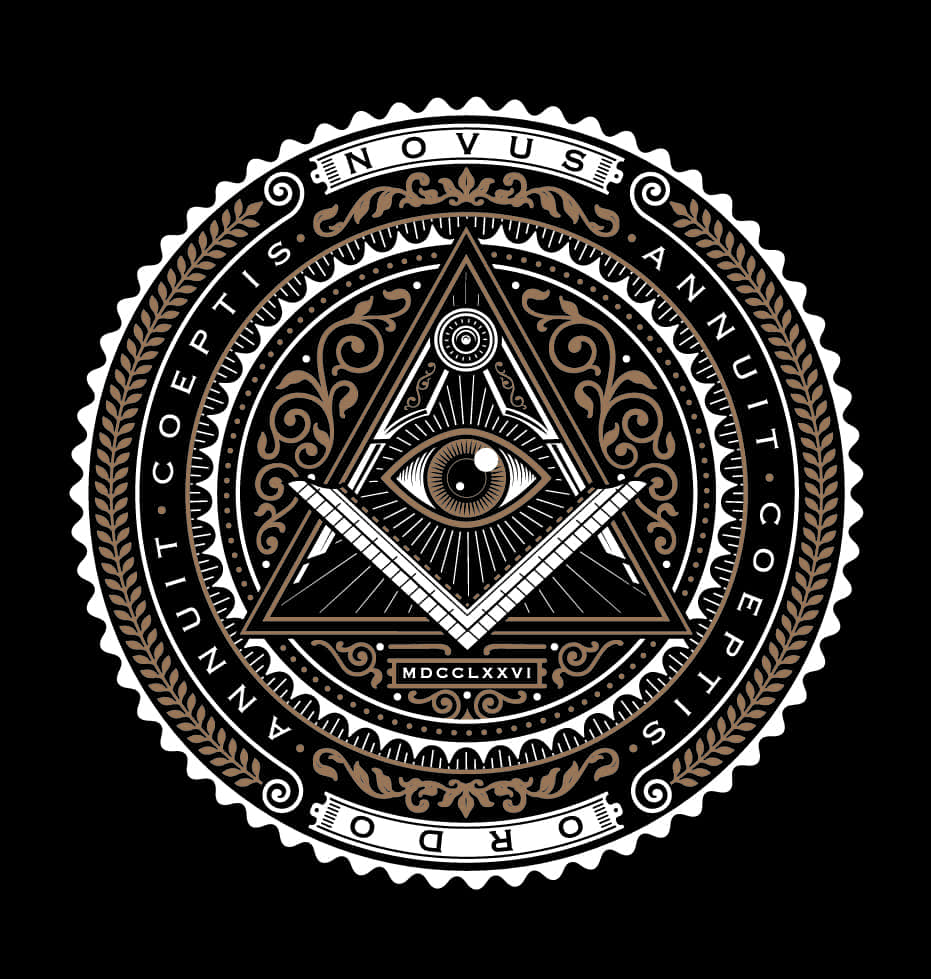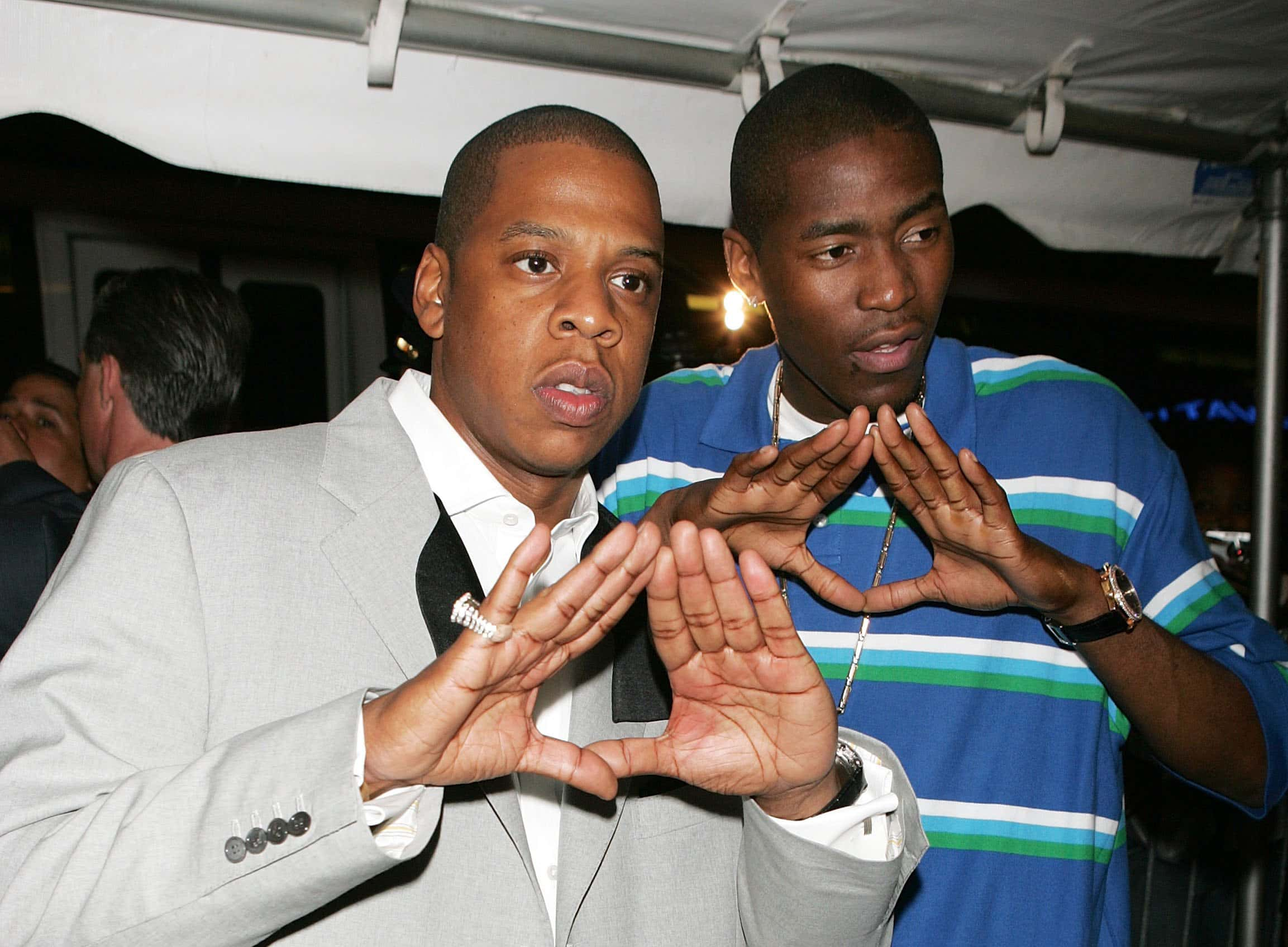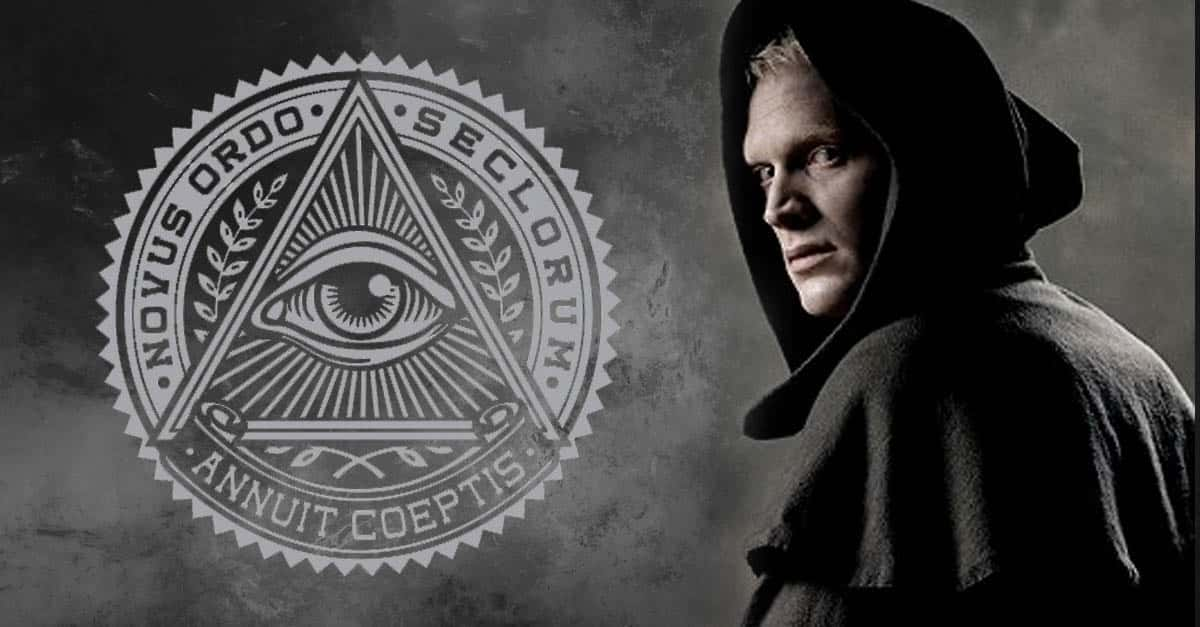“Call me King Hov, copy? Big ballin' is my hobby—so much so they think I’m down with the Illuminati”—Jay-Z, “Hot Tottie.”
“Illuminati, High society. We in this party and nobody invited me”—Kanye West, “Diamonds” remix.
Jay-Z and Kanye West are far from the only rappers who regularly name-drop the Illuminati in their work. Hip-hop artists frequently use the word as a signifier for power, prestige, and status. However, few fans know that the Illuminati is a real thing.
Or, at least, it was at one time. And that’s not even mentioning its status as a focal point for modern-day conspiracy theorists. So, to answer the question “What is the Illuminati?” we have to separate fact from fiction. We must parse out what we can from the spaces between the pop cultural perception and the wild, disturbing conspiracy theories to find the real answer.
 Shutterstock
Shutterstock
The Original Illuminati
So where did it all start? In Enlightenment-era Bavaria, where the Illuminati formed in 1776. The concept of secret societies was nothing new—the Freemasons were decades old at this point. Adam Weishaupt actually lifted the template from the Freemasons when he founded the Covenant of Perfectability—the society that led to the Illuminati—on May 1, 1776.
As a non-clerical professor at a Jesuit university, Weishaupt grew frustrated with his colleagues and society at large. He resented how heavily the Catholic church influenced them both. The professor sought to create a group that would work to spread Enlightenment ideals like reason, the separation of church and state, tolerance, progress, and liberty.
The first handful of members of the Covenant of Perfectability gave themselves cryptic nicknames and used the Owl of Minerva, traditionally a symbol of knowledge, as their icon. In 1778, the group chose to change their name to the Illuminati, the plural form of the Latin word illuminatus, or “enlightened”—how humble.
The order was relatively small at first, but then they began to recruit. Their standards were exacting—they looked for “good” Christians who were young, rich, and open to their ideas. Of course, no women, Jewish people, or Pagans were allowed. They slowly expanded, but more members meant more demands for the rituals and ceremonies one would expect from a secret society—especially since they were losing members to the Freemasons. Of course, Weishaupt had a devious solution to this problem.
 Wikimedia Commons Adam Weishaupt
Wikimedia Commons Adam Weishaupt
If You Can't Beat 'Em
Having already pinched from the structures and rituals of the Freemasons, Weishaupt went about joining them. He wanted to discover what was happening in the upper echelons of the organization and transfer what he learned over to the Illuminati. His mission didn’t quite go as planned, though—he didn’t move up as fast as he would’ve liked, and thus didn’t really learn anything he didn’t already know. The diplomat Xavier von Zwack then sold Weishaupt on a bold idea: that their group should just join the Masons and start their own lodge. In 1779, they did just that.
The collaboration did create a draw for potential members, but many still found it frustrating that they were not able to move swiftly up the ranks. For an organization that has come to be synonymous with power and prestige, its early years were characterized by slow membership growth, in-fighting, and failed attempts at expansion. At its peak, in 1784, the Illuminati claimed to rank at about 2,500, but historians were actually only able to substantiate a membership of about 650.
All that said, it did count among its members some men who were part of the upper echelon in Bavarian society, including several dukes, governors, counts, and chancellors. It would be the presence of these members in positions of power that would ultimately bring the Illuminati—at least the original version—down.
 Shutterstock
Shutterstock
The Tower Falls
Non-members began to suspect and accuse Illuminati members in positions of power—judges, chancellors, heads of departments, treasurers—of rampant cronyism. The group's anti-monarchy stance also ruffled feathers. Charles Theodore, the Duke of Bavaria, resolved to ban secret societies, getting multiple laws to this effect passed in the years following 1784.
Since the Illuminati was getting banned, one might assume that the government would want to suppress any printed material. But remember, the Illuminati were a secret society. What good would making them even more secretive do? To take away the power that curiosity over their rituals might have held over the people, the government actually published all their documents and correspondence. This essentially robbed them of their mystique. These efforts effectively ended the Illuminati—or did it?
 Shutterstock
Shutterstock

Sign up to our newsletter.
History’s most fascinating stories and darkest secrets, delivered to your inbox daily. Making distraction rewarding since 2017.
The Illuminati Legend Grows
The persistent myth of the Illuminati began almost immediately after the society's demise. A number of authors noticed that the French Revolution and Illuminati shared similar ideals. These writers began to claim there was a connection between the two. In the centuries since, many groups have claimed ties with the original Bavarian Illuminati. However, the lack of powerful members in these groups suggests that this was more of a recruiting tool than an actual affiliation.
There's rampant evidence that any connection between the Bavarian Illuminati and the French Revolution was made up. Yet, modern conspiracy theorists still point to it as proof that the group still exists to this day. In particular, the New World Order conspiracy theory frequently mentions the Illuminati. For those unaware, this theory posits that a powerful globalist group controls nearly everything that happens. The New World Order's goal is allegedly to create an authoritarian world-wide government.
Some conspiracy theorists believe that many upper-class organizations are actually sects of the Illuminati. These clubs and think tanks are all supposedly working collectively to create the New World Order. So that’s the way that the idea of the Illuminati has made it to the modern era. But the question remains, why is it so present in pop culture?
 Getty Images Jay-Z and Jamal Crawford at the Rainbow Room in New York City
Getty Images Jay-Z and Jamal Crawford at the Rainbow Room in New York City
They Say I’m Gettin’ Money, Must be Illuminati
A number of fans seeking to understand why some artists achieve wild success while others struggle—and others die young—have looked to conspiracy theories for an explanation. They search for clues in the imagery used in album art and at concerts. For example, Jay-Z’s signature diamond hand gesture creates a triangle shape. Some have inferred this is a reference to the Eye of Providence symbol. This image, which appears on US dollar bills, has long been associated with the Illuminati.
Most of the conspiracies regarding the involvement of the Illuminati in the music business center around hip-hop music. To be fair, many different artists have referenced it in their lyrics. Among them are Kanye West, Jay-Z, Meek Mill, Rick Ross, and Mos Def. Some embrace the association while others refute it. Either way, the mere mention keeps the concept of the Illuminati in the conversation.
Who knows, maybe we here at Factinate are a part of it all, and this entire article was all an elaborate ruse.










